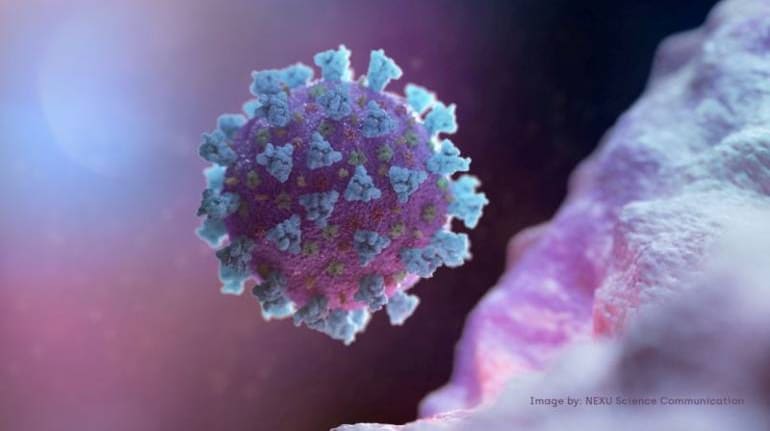According to the review research, published in the journal Frontiers in Public Health, when a significant section of the population becomes immune to the novel coronavirus and achieves herd immunity, the effective transmission of the virus may drop substantially making it more prone to seasonal fluctuations.
Once herd immunity is attained, the novel coronavirus may follow suit and become a seasonal virus in countries with temperate climates, but until that time, COVID-19 will continue to spread across the seasons, a new study says.
According to the review research, published in the journal Frontiers in Public Health, when a significant section of the population becomes immune to the novel coronavirus and achieves herd immunity, the effective transmission of the virus may drop substantially making it more prone to seasonal fluctuations.
"COVID-19 is here to stay and it will continue to cause outbreaks year-round until herd immunity is achieved," warned study senior author Hassan Zaraket from the American University of Beirut in Lebanon.
"Therefore, the public will need to learn to live with it, and continue practising the best prevention measures, including wearing of masks, physical distancing, hand hygiene, and avoidance of gatherings," Zaraket added.
According to the scientists, there could be multiple waves of COVID-19 before herd immunity is achieved.
Citing earlier research, they said other respiratory viruses similar to the novel coronavirus -- SARS-CoV-2 -- follow seasonal patterns, especially in temperate regions.
They said influenza and several types of coronaviruses that cause common cold are known to peak in winter in temperate regions but circulate year-round in tropical regions.
In the research, the scientists reviewed these seasonal viruses, examining the viral and host factors that control their seasonality as well as the latest knowledge on the stability and transmission of SARS-CoV-2.
They explained that virus survival in the air and on surfaces, people's susceptibility to infections, and human behaviours, such as indoor crowding, differ across the seasons due to changes in temperature and humidity.
These factors influence transmission of respiratory viruses at different times of the year, the study noted.
However, in comparison to other respiratory viruses such as the flu, the scientists said COVID-19 has a higher rate of transmission -- at least partly due to circulation in a largely immunologically naive population.
So unlike the flu and other respiratory viruses, they said the factors governing seasonality of viruses cannot yet halt the spread of COVID-19 in the summer months.
However, once herd immunity is attained through natural infections and vaccinations, they believe the transmission rate of COVID-19 should drop substantially, making the virus more susceptible to seasonal factors.
The researchers said such seasonality has been reported for other coronaviruses, including those that emerged more recently such as NL63 and HKU1, which follow the same circulation pattern like influenza.
"This remains a novel virus and despite the fast-growing body of science about it there are still things that are unknown," Zaraket said.
"Whether our predictions hold true or not remains to be seen in the future. But we think it's highly likely, given what we know so far, COVID-19 will eventually become seasonal, like other coronaviruses," he added.
The scientists noted that the highest global COVID-19 infection rate per capita was recorded in the Gulf states, regardless of the hot summer season.
"Although this is majorly attributed to the rapid virus spread in closed communities, it affirms the need for rigorous control measures to limit virus spread, until herd immunity is achieved," Yassine said.

_2020091018165303jzv.jpg)






